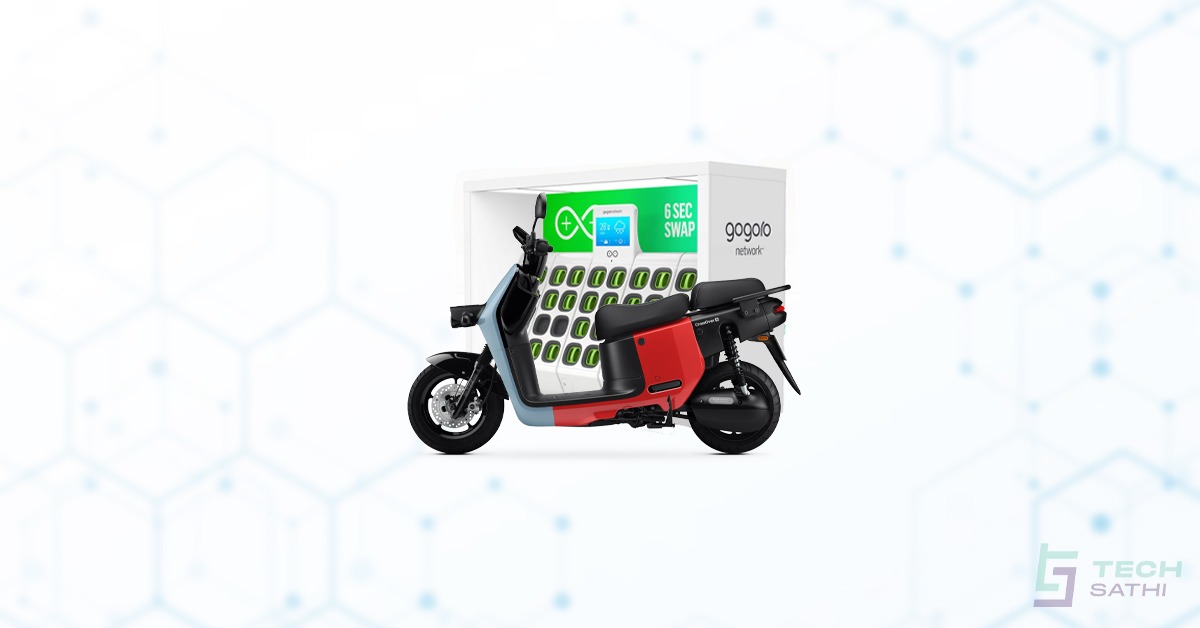Increasing oil prices and a longing for a cleaner environment increased the demand for electric vehicles (EVs). However, the long list of problems that come with an EV has made people wonder if these vehicles are worth it.
Cost of EVs
Although the Nepali government pledged to reduce greenhouse emissions and become a fully EV-based economy by 2030, however, the high customs duty of up to 45% on EVs has made the product much more expensive and has caused the demand to decrease significantly. The lack of tax rebates has also discouraged private investors from investing in the vehicle. Also, the disruption in the global supply chain due to Covid-19 has led to a shortage of batteries and chips which has increased the prices of EVs by a significantly high amount.
While the craze for electric cars in Nepal has gained momentum, owning one is much costlier than expected. Today, electric cars range from 4 lakh and go as high as 4 Crores. In comparison electric scooters are much more affordable, starting from over a lakh. But, whether electric scooters are economically beneficial in the long run is yet a topic of discussion.
Range
The range of EVs is what makes it even less appealing. If you are looking to buy an electric scooter be prepared cause the range will disappoint you. Most electric scooter models available in the market only have a range of only 250 km when riding at the average speed. And even with that do not expect a smooth ride if you are on off-road tracks.
You would expect electric cars to perform better in terms of range but that might not be the case. If you are looking to buy an “affordable” electric car then do remember the costlier the model, the better the range.
Design
In terms of design, there are plenty of models available in the electric car portfolio, however with the high price that comes along with the design, opting for electric scooters is far more economical.
But if you are looking to buy an electric scooter do keep in mind that you might not find what you are looking for, as good design and color is the last thing, manufacturers care about.
Battery Life
Talking about the battery, you would expect to move around easily with a full charge however, that might not be the case. EVs are notorious for shutting down at odd places. Though showrooms like Hyundai, Kia and Sipradi have their charging ports, they are not present in easily accessible areas. Therefore, the lack of charging ports around the valley and the country could easily get you stranded. And if you are in a hurry and the battery needs to be charged, you might never reach your destination as charging the battery can take as long as 12 hours.
Repair
If you own an EV and want to get it repaired, then you can only go to the official store from which you bought your vehicle. But do not expect your EV to get repaired within a few days as there is a lack of manpower specializing in EV repairing. Also, the parts required for the repair might be unavailable in the country.
With all the problems that come along with an EV, at present, the reliability of EVs in Nepal seems to be minimum. It is less likely that the vehicle will be able to appeal to Nepali consumers and capture a large proportion of the market anytime soon.
Also Read: Binit The Internet Hero is no more with us But his Binit land will be always with us.



